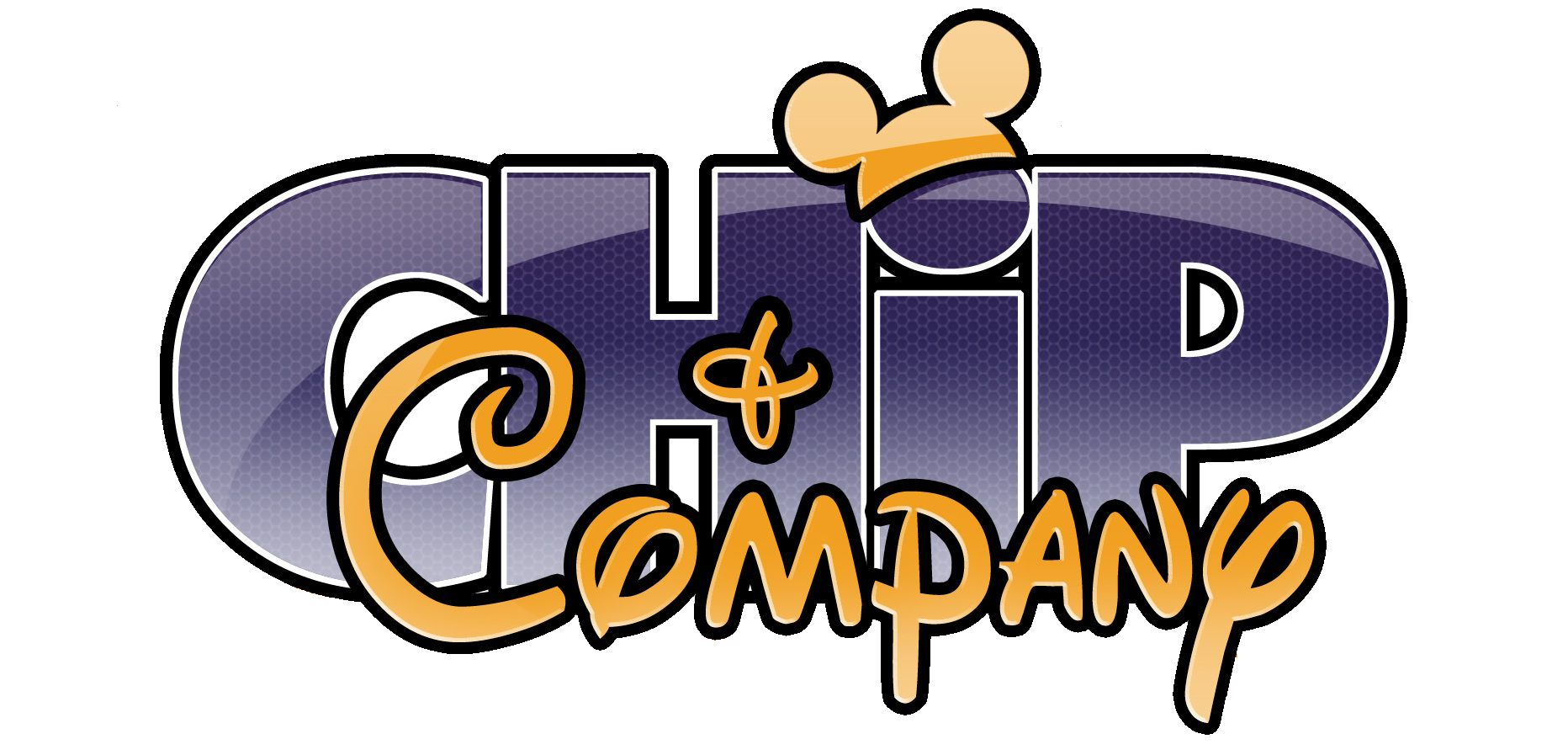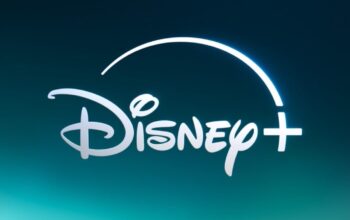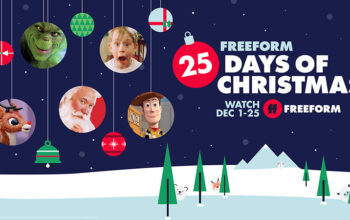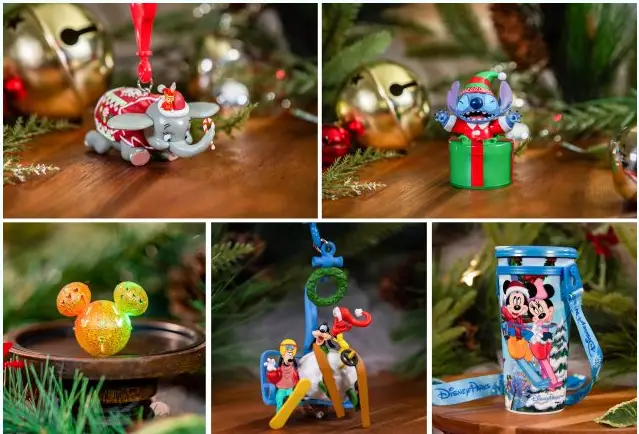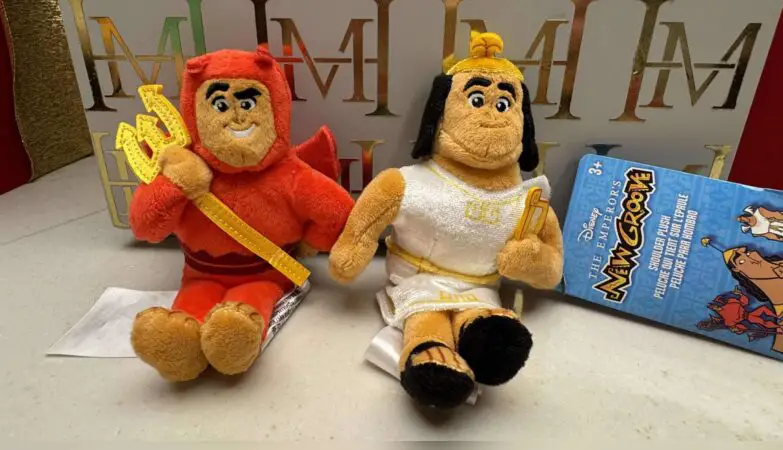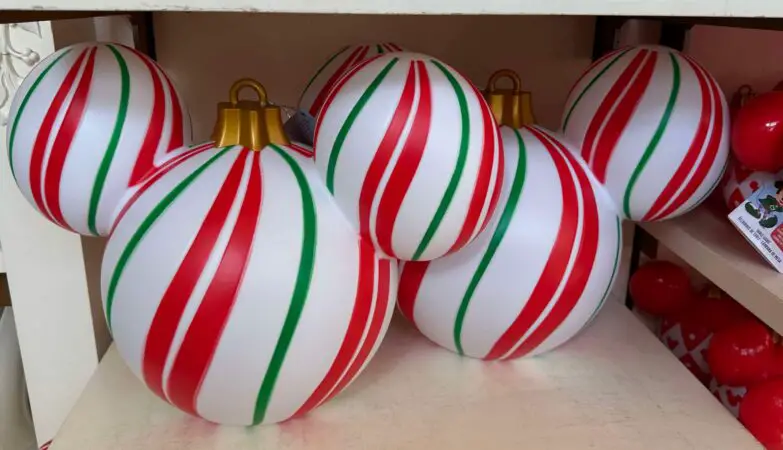
Glen Keane was born on April 13, 1954 in Philadelphia, Pennsylvania, the son of cartoonist Bil Keane, creator of the The Family Circus, and Thelma “Thel” Carne Keane. He was raised in Paradise Valley, Arizona.
Keane’s interest in art developed as a child by observing his father’s work as a cartoonist. (Glen’s younger self is represented in his father’s comic strip as the character of “Billy”). In his early attempts to draw, his dad gave him a copy of Burne Hogarth’s Dynamic Anatomy, and instructed him to analyze the body forms and the creative approach to life drawing. After high school, Glen applied to the California Institute of the Arts-School of Art, opting out of accepting a football scholarship from another college. In a lucky twist of fate, his application was accidentally sent to the Program in Experimental Animation (then called Film Graphics), where he was mentored under the now-renowned animation teacher, Jules Engel.
Keane left CalArts in 1974 and joined Disney the same year. His debut work was featured in The Rescuers as an animator for the characters of Bernard and Penny, alongside the famed Ollie Johnston. He then went on to animate Elliott the Dragon in Pete’s Dragon. Keane animated the climactic bear showdown in The Fox and the Hound. In 1982, after being inspired by the groundbreaking film Tron, he worked with director John Lasseter (Toy Story, Toy Story 2) on Where the Wild Things Are (available at YouTube), a 30-second test greenlighted by Tom Willhite that integrated traditional character animation and computer-generated backgrounds. This test, which like Tron was a cooperation with MAGI, was also Disney’s first experimenting with digital inked and painted characters. But the project turned out to be too expensive, and the studio was unwilling to invest further in the planned featurette. Where the Wild Things Are was revolutionary for its time, and a predecessor to the famous ballroom scene in Beauty and the Beast.
In 1983 Keane left Disney as a contracted employee and worked as a freelance artist. During this time he worked on the character of Professor Ratigan in Disney’s The Great Mouse Detective. He also did some work on The Chipmunk Adventure. He returned to Disney to work on the characters of Fagin, Sykes and Georgette for Oliver & Company. Keane rose to lead character animator, becoming one of the group sometimes referred to as the “Nine New Men”. In this post he was responsible for animating some of Disney’s most memorable characters in what has been referred to as the “New “Golden Age” of Disney Animation. Keane designed and animated the character of Ariel in the 1989 film The Little Mermaid. Then the eagle Marahute in The Rescuers Down Under. Subsequently, Keane worked as the supervising animator on the title characters for three Disney hit features: Aladdin, Beauty and the Beast and Pocahontas.
While living with his family in Paris, France for three years, Keane completed work on Disney’s 1999 Tarzan for which he drew the eponymous character. Keane then returned to Disney’s Burbank studio as the lead animator for Long John Silver in Treasure Planet. In 2003 Keane began work as the director of Disney’s CGI animated film, Tangled (Rapunzel), slated for release in 2010. In Tangled, Glen and his team hoped to bring the unique style and warmth of traditional cel animation to computer animation. In October 2008, due to some “non-life threatening health issues”, Keane stepped back as director of Tangled, but remained the film’s executive producer and an animating director.
In addition to his work as an animator, Keane is the author and illustrator of a series of children’s Bible parable books featuring Adam Raccoon and King Aren the Lion.
Keane married Linda Hesselroth in 1975, and they are the parents of design artist Claire Keane, and computer graphics artist Max Keane.
Was it strange — after being a pencil & notebook guy for all those years — to suddenly be drawing on a tablet?
Glen Keane / : The syntec tablet at first was very slippery with the stylus pen on glass and it took a couple of weeks to get used to that but I quickly found that there were benefits to it. I could animate very quickly moving from one frame to the next and have my drawings projected up onto the screen in our dailies screening room. All the animators would watch my drawings form and I could talk and actually give animation lessons to the young animators on our crew. I saw this as an opportunity to pass on the baton that had been given to me by Walt’s “Nine Old Men.”
Is there a sequence you’re most proud of, and why?
Glen Keane / : The sequence where Flynn is dying in Rapunzel’s arms. It was the most difficult and the most rewarding because the acting was so extremely subtle. The expressions of someone crying are inherently ugly. All the muscles in the face fight each other. No one wants a camera in their face at that moment. But we challenged the animators to go for the ugly face and as Rapunzel fights and holds back tears, the emotions are so real and so true. Andit’s so effective because when that tear comes from Rapunzel’s eye and heals Flynn, you believe there is enormous pain in Rapunzel’s heart. If you don’t believe that tear comes from a heart of love the movie doesn’t work. It was successful and emotionally gripping. I was never more proud of our animators then at that moment.
Why was it decided to make Tangled a musical? It seems every Disney animated theatrical release is a musical; why is this?
Glen Keane / : Music brings an enormous amount of freedom in storytelling. You can advance a story in fun ways and also in extremely emotional, dramatic ways. Howard Ashman used to say, when you have tried to say something through acting, through dialogue, in every way you possibly can and there is nothing left to do to communicate those feelings, your character has to sing. And there is something about music in fairytales that go together like peanut butter and jelly. It just seems to taste better.
You go to work closely with your daughter Claire on this animated feature – to the point that your granddaughter Matisse was the model for baby Rapunzel. What was it like to work on such a family-based project?
Glen Keane / : I guess the idea of using your family in your work comes from my dad. He created a comic called The Family Circus based on his own family; I was the character Billy in dad’s comic. So when it came time for me to animate I have always used my own family as models. Ariel was my wife, Tarzan was my son, I was Beast and my daughter Claire was very much the inspiration for Rapunzel. I remember when Claire was 7 years olds she wanted to paint her bedroom walls and ceiling. My wife said no, but when Claire was 21 as an art student, I realized she was the perfect choice to create the look and style of Rapunzel’s paintings. So when you see Rapunzel paint you are seeing my daughter Claire’s paintings. During the making of the film she gave birth to our first grandchild, a little girl named Matisse. I used Matisse as an inspiration for designing little baby Rapunzel. It all goes back to taking what you know and using that as a source for inspiration. I believe the audience connects to the sincerity that inspired those characters.
Given that you worked on the Disney Princess movie that helped kick start Disney’s Second Golden Age of Animation (i.e.”The Little Mermaid”), how does it feel to have been so involved in the creation of “Tangled,” the Disney Princess movie that proved that WDAS can make truly great films in the CG format?
Glen Keane / : It seems that a fairytale launches every important era of Disney animation. Snow White launched the golden age, Little Mermaid a renaissance, and now it’s my hope that Tangled can launch this third golden age of Disney animation. I think the key is finding the synthesis between a new technology, CG and the roots of our heritage, hand drawn.

How are Ariel and Rapunzel alike and different?
Glen Keane / : Ariel and Rapunzel both are being kept from living their dreams by a barrier. For Rapunzel it’s a tower wall and for Ariel it’s the ocean surface. They both share this irrepressible spirit . The joy in these characters is to watch them overcome impossible odds in attaining their dream.
What is some memorable advice you received from Ollie Johnston?
Glen Keane / : My mentor was Ollie Johnston. When I was 20 years old he taught me things like the key to Disney animation is sincerity or don’t draw what the character is doing, draw what the character is thinking. These ideas I repeated again and again to our crew during the making of Tangled. For me it was really an occasion to pass on the baton to this new generation.
What advice would you give to people who want to break into the entertainment industry?
Glen Keane / : I would say be yourself. The temptation is to give the audience what you think they want instead of opening up and being vulnerable and sharing who you are with them. It seems that every time someone takes that step of vulnerability they discover an audience ready to embrace them.
What was it like working with Nathan & Byron on this feature?
Glen Keane / : Nathan and Byron are great actors. They would issue the scenes to the animators by relating moments in their own lives to what they were asking the animators to do. They would act and express very deep emotions, sometimes even with tears. The animators would watch and take notes; I would do drawings on the cintiq tablet, all in an effort to capture Nathan and Byron’s performance. They were an engine for driving the subtlety, humor and drama in this film.
“We are receiving your questions, keep them coming, we’ll get to as many as we can in the next 40 minutes. Great questions! ”
I’m told that you took a run at developing an animated version in the mid-1990s, before you started work on “Tarzan.” What was it about this Grimm’s fairy tale that grabbed and then held your attention?
Glen Keane / : While I was working on Tarzan I was simultaneously developing Rapunzel. This story captured my desire to animate characters that have this burning desire inside of them to do what seems impossible. I was attracted to the story because of what I imagined to be Rapunzel’s irrepressible nature. And so I developed it with that idea and I believed with all my heart that Disney had to make this fairytale. It went through many changes of management and often times great doubts and efforts to change the story into something other then what I believed. Ultimately it was a joy to work with John Lasseter and Nathan and Byron who caught the original vision and allowed me to focus my efforts into bringing hand drawn into CG.

What do you believe is the most important part of creating a character?
Glen Keane / : I have an odd belief that the character exists before they are designed, similar to Michelangelo seeing a figure incased in marble. His task was to set it free. So for me the joy of creating a character that I believe is real is at the heart of creating a memorable character. I use people I know as inspiration. It’s a very intimate personal process and I will do hundreds, sometimes thousands, of drawings in finding that design. There is a great “aha” moment when I finally recognize the character on my paper as someone I know. And that happened with Rapunzel. I look at her and I can say with confidence that’s her.
Rapunzel is such a “real” teenage girl, especially when it comes to that sequence in the film where her emotions whipsaw back and forth (i.e. where she’s thrilled to be out of the tower one moment and then deeply depressed that she’s betrayed her mother’s trust the next). Given that Disney Princesses tend to be so optimistic and upbeat, was it hard to convince the Studio that a Disney Princess whose emotions were kind of all over the place would play better with today’s audiences?
Glen Keane / : There was a time when Disney princesses were neatly packaged and always pristine and pretty. Arial was the first to break from that box. I remember my mentors Frank (Thomas) and Ollie (Johnson) said after the opening of The Little Mermaid that they would never have animated Arial that way. I said, why? Because you drew her face with ugly expressions at times when we were very careful to only draw our princesses with prettiest of expressions. And at that time I realized that this was a new generation of acting. Anytime we had a choice to choose pretty or real we would always chose real. The authentic emotion is our goal.
How did you get your start in the entertainment industry? Was animation always you passion?
Glen Keane / : I sent my portfolio when I was 18 to CalArts to the school of painting. I wanted to be a fine artist. My porfilotio was sent by accident to the school of film graphics, an artsy way of saying animation. I was very disappointed but ultimately discovered animation as the ultimate art form. I liked to think that if DaVinci or Rodin was alive today they would chose animation as their metier.
What do you prefer 2D traditionally hand drawn animation or 3D computer generated animation?
Glen Keane / : I love to live in the skin of the characters I animate. I find the pencil the most intimate connection to my heart in terms of communicating what is inside. There are artists today who don’t draw with the traditional pencil. Instead they express themselves with a much more expensive pencil, a computer. One of our top animators on Tangled used to be a plumber and discovered that animation was his true calling. So I have to say I have enormous respect for the pencil and the computer. Personally I prefer to draw with the pencil but I chose to stand in the middle of the computer world and use everything in my power to make the computer more artist friendly. Tangled is a result of those efforts.
Which character has been your favorite to animate?
Glen Keane / : Every character has touched on some real part of my life. I suppose Arial really was that character that opened up my heart, that connection in me to animate characters who believe that the impossible is possible. I am a guy who sees life as a glass half full and I relate to a characters optimism.
Do you plan to do more computer animation, or do you see yourself returning to traditional hand-drawn?
Glen Keane / : I see myself continuing on the path of bringing more of hand drawn influence into CG. However, this project has been a long, long journey. I can’t wait to get back into animating in 2D. So I suppose I will be running down both paths at the same time.
“Tangled” is a film that often surprises (EX: The fairy tale version of “Rapunzel” is mostly about this girl locked away in a tower. Whereas “Tangled” spends much of its time outside of that tower, as Rapunzel goes out into the world to discover herself; The clichéd movie bad guys — the thugs at the Snuggly Duckling — actually turn out to be the good guys, helping Flynn & Rapunzel escape from the guards and then again helping Flynn escape from prison). Was this a deliberate choice while you guys were working on “Tangled” ? That you’d take the audience’s expectations and then flip them?
Glen Keane / : Have you ever been on a dark ride at Disneyland? The goal is to make the audience think they are heading one direction and then surprising them with a 90 degree turn in a new direction. Suddenly a black wall opens and what once seemed to be a lovely forest turns into a scary witch and you are delighted and scared at the same time. Tangled is like a dark ride in that sense. We are constantly surprising the audience with a twist by playing with their expectations on stereotypes. Really underneath it all is the theme of following your dreams. Even the toughest thugs have dreams.
Can you talk about the difficulties in drawing Rapunzels hair and how you overcome these?
Glen Keane / : Rapuznel’s hair was 70 ft long. 140,000 individual hairs animating and controlling thousands of hairs was at times like herding a thousand cats. The hair would often explode into a chaotic mess of strong willed pixels bouncing against one another and heading off in their own direction. The real miracle in this movie was Kelly Ward a software engineer who had a PhD in computer generated hair. She wrote software for 6 years on how to control this gigantic beast. We really thought of the hair as another character. I did many drawings to describe the aesthetic look of the hair, the rhythm, twist, volume ,etc .that needed to be incorporated into the animating of the hair. Drawing once again became the best tool for communicating ideas. A picture is worth a thousand words. But I discovered that creativity is not limited to pencils. Kelly proved that the domain of numbers and equations can be just as creative.
How has your impression of computer animation changed over the years?
Glen Keane / : In the early 80’s John Lasseter and I animated the first blend of hand drawn and CG in the Wild Things test. John eventually left Disney and started that obscure little company, Pixar. I continued down the path of hand drawn but anytime the computer crossed my path I embraced it. Tarzan surfing down the branches, thanks to deep Canvas, created a wonderful synthesis between 2D and CG. In Treasure Planet, Long John Silver was a combo of hand drawn and CG in the same character thanks to his cyborg body parts. So it was not a big stretch to move towards computer animation for Tangled. The upward path of computer animation continues to approach the beauty and intuitive feel of hand drawn. Eventually there will be a seamless marriage between the two.
Who are your inspirations as far as family, friends, or even other artists go?
Glen Keane / : Frederic Back is my favorite animator – a French Canadian artist in his 80’s now who created The Man Who Planted Trees. It is a tour de force of personal expression. I dream of doing something so beautiful someday.

How do you keep the creative ideas flowing? How do you fight back against creative blocks?
Glen Keane / : I find that when I hit a creative block I see it differently now than I did when I was younger. I used to think of a creative block as proof that my creative journey had come to an end. That I just never really had it. Then I discovered it was not the end but a wall to climb, that really I had come to an end of a plateau and there were new ideas to discover and eventually another creative block to confront. So the way out of a block is to open yourself up to something new. The way I do that is escape from Disney, go to a library and randomly search through books of artists or writers and find some new wind of inspiration. Sometimes I head down the street not far from Disney to the Norton Simon Museum and I always am reminded that this is my time to be an artist and to make the most of the opportunity like these artists before me did i.e. Degas, Renoir, Rodin.
What was the hardest sequence to deal with in this movie and why?
Glen Keane / : The difficulty of animating crowds is monumental. When Rapunzel enters the kingdom and sees a world filled with people it put the fear of God into all of us at the studio. How in the world could we animate this crowd and maintain the integrity of everything we wanted in Rapunzel herself? The heroes of that sequence were John Kahrs and Clay Kaytis, my fellow animation supervisors . Typically animation supervisors give the task of animating crowds to the newest animators as quote, “dirty work”. Instead John and Clay took it upon themselves to organize, oversee and animate those crowds. Those guys are awesome.
What was your favorite part of working on the masterpiece that is “Tangled”?
Glen Keane / : The very best moments for me were working with the animators in helping them dig down deep and find something real inside their own hearts to put into their characters they were animating. It was so rewarding to see people genuinely responds with laughter and tears and to know I had a small part in encouraging this new generation of animators to enjoy what I have enjoyed over my own career. Amen!
What castle inspired you when drawing this one in TANGLED?
Glen Keane / : Mont St. Michel in Normandy, France inspired our castle in Tangled. It sits out in the bay surrounded by water and feels so very fairytale like. When I visited it I knew this has to be the kingdom that Rapunzel will someday be Queen of.
Any final thoughts on TANGLED?
Glen Keane / : Disney animation has been a home for me for 37 years and I have learned an enormous amount from the artists who I have worked with and the creative challenges in the characters I have animated. I have told the animators many times on this film that they are artists and had they been born five hundred years before, we would be talking about building a cathedral or painting on wet plaster and creating frescoes. But we are born at this time and our cathedral is animated filmmaking. This is their time on the planet to be artists and to be make it count. Open up what is inside of them and put all of their heart into moving this art form forward. That is the future for this art form of animation and Disney studios.
Tangled, The Walt Disney Studios blockbuster animated feature that takes a modern twist on the famous hair-raising fable Rapunzel, debuts as the ultimate 4-Disc Disney Blu-ray Combo Pack (3D Blu-ray + Blu-ray + DVD + Digital Copy in a single package) on March 29, 2011.
Related articles
- A Chat with Tangled Directors Byron Howard and Nathan Greno Part 2 (chipandco.com)
- A Chat with Tangled Directors Byron Howard and Nathan Greno Part 1 (chipandco.com)

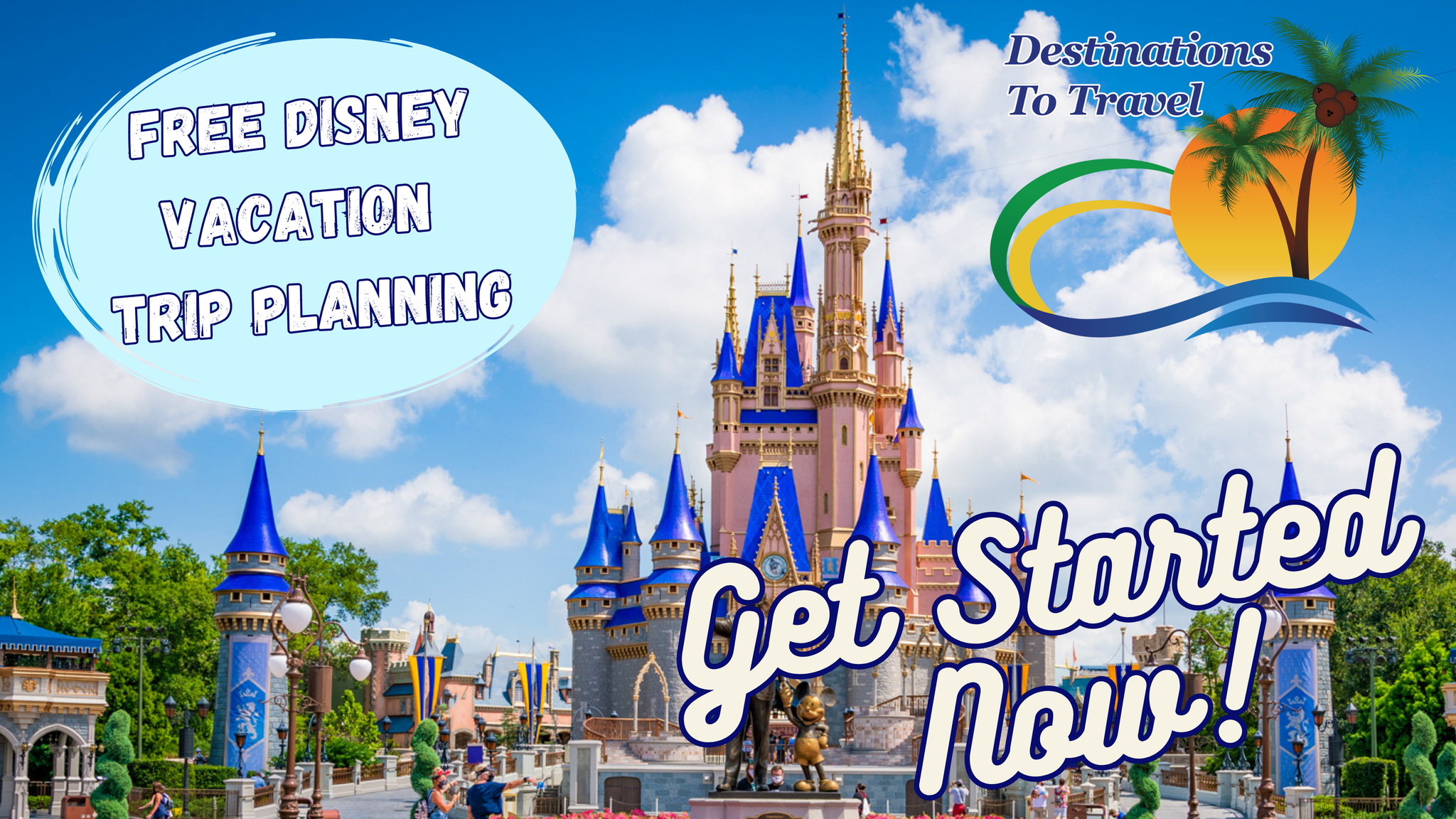
Let our friends at Destinations to Travel help you book your next Disney Vacation. They are the preferred Travel Agency of Chip and Company and Disney Addicts, and who we use ourselves.
Get started below for your FREE No Obligation Quote.
Book With our friends at Destinations to Travel
For the BEST in Disney, Universal, Dollywood, and SeaWorld Theme Park News, Entertainment, Merchandise & More follow us on, Facebook, Instagram, and Youtube. Don't forget to check out the Chip and Company Radio Network too!
